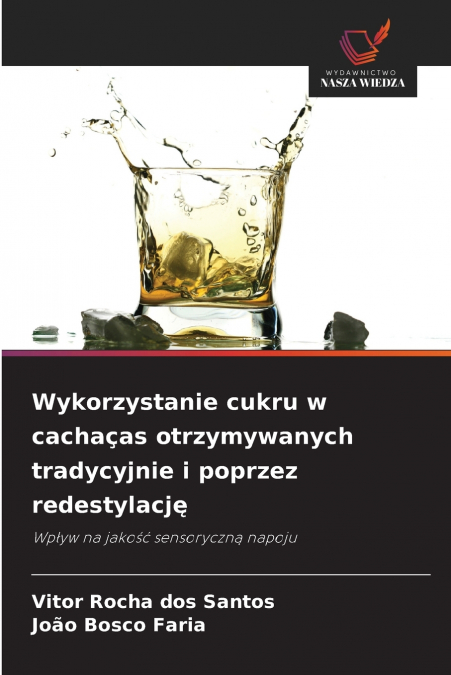
João Bosco Faria / Vitor Rocha dos Santos
Ta książka obejmuje interesujące aspekty jednego z najczęściej spożywanych napojów na świecie, spirytusu z trzciny cukrowej, naszej cachaçy. Jest to drugi najczęściej spożywany napój w Brazylii, z produkcją szacowaną na około 1,2 miliarda litrów rocznie. W 2009 roku wyeksportowano 10,83 miliona litrów. Wśród głównych rynków docelowych znajdują się Niemcy, Stany Zjednoczone, Portugalia i Francja (ALVES, 2009). W obliczu nowych wymagań rynku, producenci zaczynają martwić się o dodanie większej wartości do napoju, inwestując w nowe technologie i doskonalenie personelu, w kontrolę jakości i oferowanie bardziej wyrafinowanych opakowań, w celu umieszczenia cachaça w najlepszych punktach konsumpcji w kraju, obok innych napojów destylowanych, które mają już ugruntowaną pozycję w kraju i na świecie. Dodatek cukru został wykorzystany jako sposób na ujednolicenie smaku niektórych napojów destylowanych, w celu zmniejszenia smaku etanolu i wszelkich wad sensorycznych (CARDELLO i FARIA, 2000). Celem tej książki jest pokazanie wpływu dodatku cukru na jakość sensoryczną cachaçy poprzez porównanie tradycyjnie uzyskanych i redestylowanych próbek zawierających różne stężenia cukru. Miłej lektury!